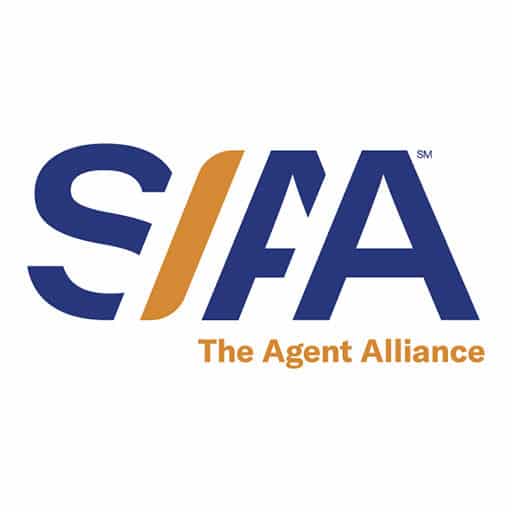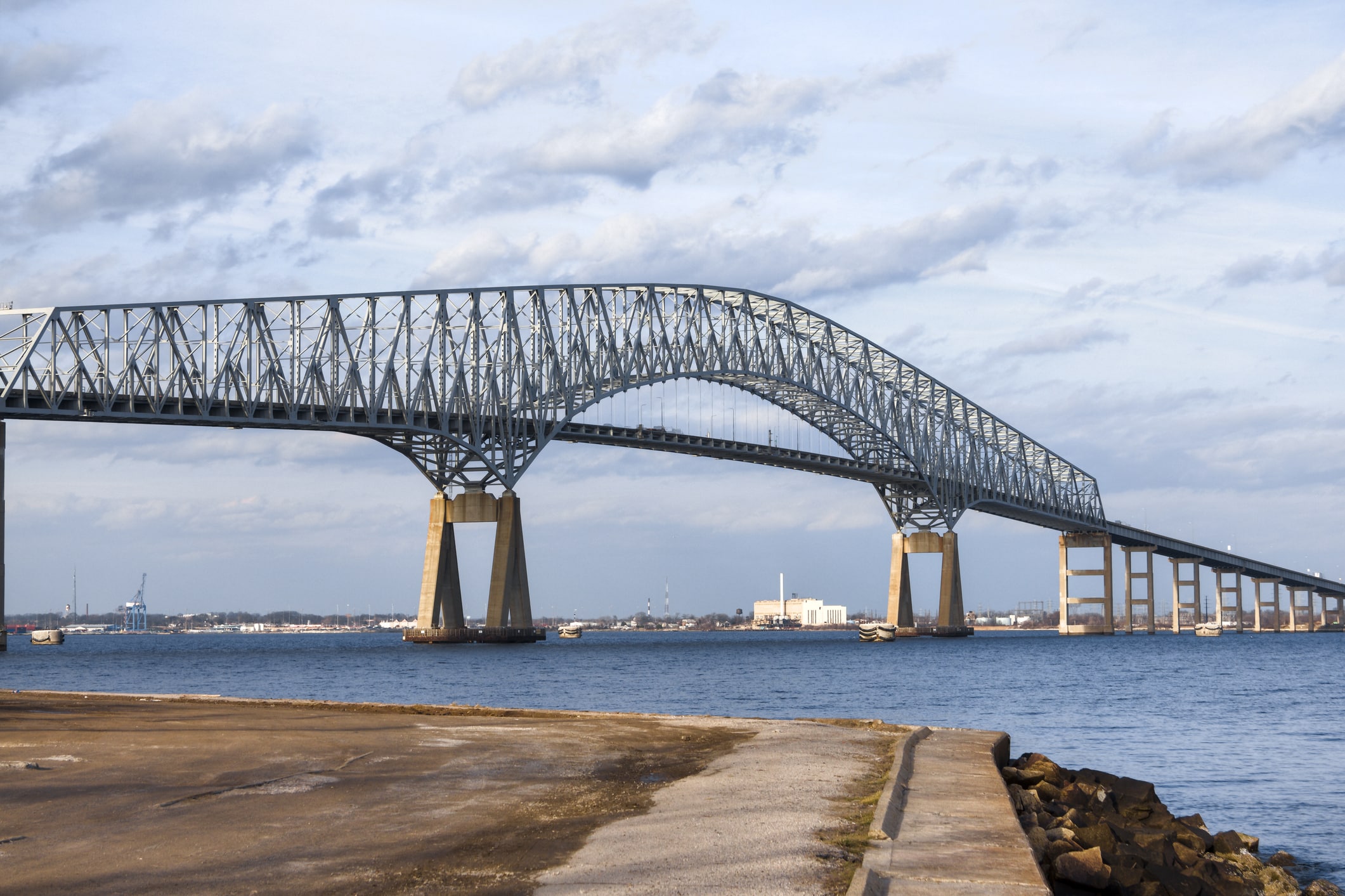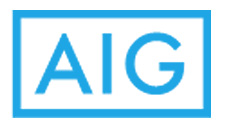Search Blogs

May 6, 2024
SEC Prepares to Sue Robinhood Over Crypto Unit
Robinhood disclosed that its crypto unit received a so-called “Wells Notice” from SEC staff over the weekend, which said the staff had made a “preliminary determination” to recommend an enforcement action against the unit, called Robinhood Crypto, over alleged violations of securities laws.
The notice isn’t a final indication that the SEC will sue Robinhood. Firms that receive Wells notices are allowed to respond and tell the agency why it shouldn’t proceed with a civil lawsuit.
Robinhood said it was disappointed by the notice, saying it had attempted to work with the SEC in good faith for years to ensure that its crypto business was in compliance with securities laws.
“We firmly believe that the assets listed on our platform are not securities and we look forward to engaging with the SEC to make clear just how weak any case against Robinhood Crypto would be on both the facts and the law,” Robinhood chief legal officer Dan Gallagher said in a post on the company’s official blog.
If the SEC sues Robinhood, it could seek an order that would prevent the company from trading certain crypto assets in the future. Shares of Robinhood were up 1.4% in Monday morning trading, having recovered from a brief drop just after the opening bell.
An SEC spokesman declined to comment.
Robinhood, whose core business is stocks and options trading, is more conservative than many crypto-oriented businesses in the number of digital currencies it allows customers to trade and the services it provides.
Last year, after the SEC sued crypto exchange Coinbase for allegedly running an unregistered securities exchange, Robinhood delisted several cryptocurrencies that the agency deemed to be securities in its Coinbase lawsuit. Coinbase has rejected the SEC’s allegations and has been fighting the agency in court.
Robinhood doesn’t allow customers to earn yield on their crypto holdings through lending or “staking,” a type of service that has landed other firms in hot water with the SEC. In congressional testimony last year, Robinhood said that it had held discussions with the agency about how to register its crypto business, but ended the talks after a year and a half because the SEC couldn’t provide sufficient regulatory clarity.
Last month, two other prominent crypto firms disclosed that they had received Wells notices from the SEC and vowed to litigate with the agency: Uniswap Labs, creator of the largest decentralized crypto exchange, and Consensys, a developer of blockchain technology.
Consensys sued the SEC in a bid to stop the agency from classifying ether—the second-biggest cryptocurrency after bitcoin—as a security.
The SEC argues that crypto firms must comply with securities laws to ensure that investors in the freewheeling digital-currency markets benefit from the same protections against fraud and manipulation that exist in the stock market. The crypto industry argues that securities laws dating back to the 1930s are out of data and poorly suited to crypto.
The SEC has racked up some wins in recent court battles, but some judges have voiced skepticism about the agency’s expansive view of its jurisdiction, giving hope to crypto firms and their supporters.
It wasn’t clear from Robinhood’s disclosure on Monday which tokens offered by the brokerage were considered securities by the SEC. The SEC staff indicated they could sue over violations of laws that require broker-dealers and clearinghouses to register with the SEC when they trade securities with customers and take payments to settle their transactions, Robinhood said.
Robinhood has previously disclosed that Robinhood Crypto received investigative subpoenas from the SEC regarding the unit’s cryptocurrency listing, custody of cryptocurrencies and platform operations, among other topics.

May 6, 2024
Prudential to Shut Down Assurance, the Insurtech Startup It Acquired for $2.35B in 2019

May 6, 2024
Homeowners Insurance Company Asked for 93% Rate Hike in N.J.
At least one company asked state regulators for permission to raise rates by 93.4%, according to data obtained from the New Jersey Department of Banking and Insurance (DOBI).
Insurance companies are asking for the increases because of a combination of inflation, increasing home replacement value, higher building costs and “increased frequency of catastrophic events” such as severe weather events. It’s a national problem, said Dawn Thomas, the agency’s spokeswoman.
She said the agency has received “significantly” more rate increase requests in recent years.
Under state law, property and casualty insurers are permitted to file requests with the department to amend their rates or rating systems, Thomas said.
“The Department takes seriously its responsibility to regulate the insurance industry in a manner that promotes consumer protection and the stability of the industry,” she said. “All rate changes must be reasonable, adequate and not unfairly discriminatory.”
If the request is “unreasonable, inadequate or unfairly discriminatory,” it will not be approved, she said, noting that it blocked $68 million in homeowner premium increases since 2023.
But for the more than 120 hikes that were approved since 2023, homeowners’ pocketbooks are hurting.
The highest hike request came from Clear Blue Insurance, which is licensed to offer policies in all states except Alaska. After requesting a hike of 93.9%, it was granted a 20% increase. The company did not respond to requests for comment.
The second highest request was for a 34% increase from Palisades Property & Casualty, which is part of Plymouth Rock Assurance. It received a 14% jump. Next was Kingstone Insurance, which asked for a 28.4% hike and received permission to raise rates by 18.7%.
The pain probably isn’t over yet. More homeowner insurance companies have filed requests to hike their rates, including a dozen that asked for double-digit hikes.
The highest pending request is for Allstate New Jersey Property & Casualty, which asked for a 36.9% increase. MIC General requested a 36% hike and Palisades Property & Casualty is seeking a 30.3% increase.

May 6, 2024
Allstate CEO: Personal Auto Legal Costs Accelerate Rate Increases
Allstate Corp. applicable net income soared in the first quarter to $1.19 billion, rebounding from a $346 million net loss a year earlier.
Allstate brand homeowners implemented average 11.7% rate increases in 15 locations in the quarter. National General implemented homeowners rate increases averaged 14% across 12 locations. The carrier sees additional growth opportunities in the independent agent channel in homeowners, said Rizzo.Allstate is pursuing the sale of its health and benefits businesses rather than invest in more complementary distribution, a broader set of products and capabilities such as management of a health network, Wilson said earlier. The businesses generate about $240 million of adjusted net income annually.
The potential sale is progressing as expected, with “robust interest from a large group of quality potential buyers, both strategic and financial,” Chief Financial Officer Jess Merten said during the first-quarter earnings call. “Diligence on a large, complex business takes some time, so does selecting the right potential buyers to stay involved in the process,” he said. “We believe this is a great business” but someone else can do more with it, said Wilson, adding Allstate anticipates selling the health and benefits business in 2024. While the divestiture will free up additional capital, Wilson continued to stress that Allstate is already “very well capitalized.”
May 6, 2024
Investors Are Suing One of the 12 Failed Home Insurers in Louisiana

May 6, 2024
SIAA’s Four Texas Master Agencies Host Groundbreaking Lone Star Summit

May 3, 2024
Chubb to Make $350 Million Payout in Baltimore Bridge Collapse
Chubb, along with the state and the families of the victims of the crash, will likely sue the shipowner and others to recoup losses from the crash.
The insurer is expected to authorize the $350 million payment within weeks, according to Henry Daar, head of property claims North America for WTW, the bridge’s broker.
“I am confident that Chubb will pay the full limits of liability,” Daar said.
Claims under the state’s policy are bound to exceed the $350 million limit, he said.Damage to the bridge alone could reach $1.2 billion, analysts at investment bank Barclays Capital estimated last month. The policy also provides some business-interruption coverage for the port, which is losing around $88 million a year in tolls, according to Daar.
Insurers can respond to claims that will blow through a policy’s limits either by writing a check for the full amount upfront, or by paying in dribs and drabs, as the work is done. That pay-as-you-go approach can rack up payments to loss adjusters and other professionals.
“I give Chubb kudos for recognizing that this is clearly going to be a full-limits loss,” Daar said. “They could spend millions and millions of dollars in fees for accountants and adjusters over the next few years, or they could pay the claim.”
Chubb’s exposure to the loss is significantly less than the headline $350 million total, in part because it sold some of the risk to reinsurers, according to a person familiar with the matter.
The insurer is expected to support Maryland in suing the owner and manager of the ship that hit the bridge, the 984-foot Dali, to try to recover losses.The Singapore-flagged Dali has coverage through a specialized protection and indemnity insurer, the Britannia P&I club. It is one of a dozen P&I clubs that between them buy reinsurance covering up to $3.1 billion a ship.
A courtroom battle has kicked off that will ultimately determine how much of this multibillion-dollar pot of cash can be tapped. The outcome rests in part on whether the Dali was seaworthy.
Grace Ocean, the Dali’s Singaporean owner, and Synergy Marine, its manager, last month filed in Baltimore federal court seeking to limit their liability. The companies invoked a centuries-old law that caps exposure to the value of the ship and its freight pending, or the amount paid to carry the goods. In the case of the Dali, that would put a ceiling on payouts of around $44 million, the legal filing said.
If the court approved the move to limit liability, the estimated total insured loss would fall significantly from the current range of $2 billion to $3 billion, “probably to less than $1 billion,” according to Marcos Alvarez, global head of insurance at ratings firm Morningstar DBRS.
The legal move to limit liability will be strongly contested. Baltimore’s mayor and city council last month opposed any cap on the shipowner’s or manager’s liability, accusing them of negligence. “The Dali left port…despite its clearly unseaworthy condition,” the mayor and council said in a court filing.A spokesman for the shipowner and the manager said it would be “inappropriate to comment” out of respect for the continuing investigations into the crash and any future legal proceedings.
The Federal Bureau of Investigation has opened a criminal probe into the crash, including whether the Dali’s crew failed to report any problems with the vessel before it left port, The Wall Street Journal previously reported. The National Transportation Safety Board is also investigating the disaster.
The question of the ship’s seaworthiness—or otherwise—could also be a significant factor in an expected future fight between the vessel’s owner and the owners of its cargo. The ship’s owner started a so-called “general average” process in April that would share certain costs with cargo owners, including salvage and retrieving containers stranded on the ship,
The decision to start the process “indicates that the owners expect the salvage operations to result in high extraordinary costs for which they expect contribution from all salvaged parties,” the container line Mediterranean Shipping said last month in an advisory statement to customers who own freight stuck on the ship.Cargo owners are likely to contribute to the costs now, in the interests of recovering their containers, but could seek to recover the payments later, by arguing the collision was the fault of the ship’s owner, marine lawyers said.
A huge operation is under way to remove the bridge wreckage stuck on the ship and at the bottom of the Patapsco River. The first containership since the crash left the port last weekend. A fleet including 36 barges, 27 tugboats and 22 floating cranes has so far removed more than 3,000 of an estimated 50,000 tons of wreckage from the site, according to a recent official update.

May 3, 2024
ACORD’s Insurance Carrier M&A Study: Only 52% of the Last Decade’s Largest Transactions Created Long-term Value
- Scale and Scope: Amortize fixed costs and improve resource access by increasing absolute size, and/or expanding scope across strategic and tactical dimensions.
- Core Expansion: Increase share across areas in which the insurer already executes, such as products, geographies, channels, and customer segments.
- Capability Acquisition: Optimize the risk, cost, and time associated with developing new or enhanced internal capabilities.
- Diversification: Expand portfolio by acquiring new revenue and earning sources.

May 3, 2024
Best’s Market Segment Report: U.S. Medical Professional Liability Segment’s Profitability Buoyed by Net Investment Income

May 3, 2024
AIG Reports Q1 Net Income of $1.2B

May 3, 2024
Neptune Flood Acquires Data Science Firm Charles River Data to Enhance AI-Driven Flood Insurance Solutions

May 3, 2024
Lemonade Narrows Net Loss to $47.3M; Employee Count Down 11% as Premiums Rise
Net loss and loss adjustment expenses rose to $65.9 million from $63.6 million.
The company reported 2.1 million customers, up 13% from the prior-year quarter. Last year Lemonade Co-Founder and Co-Chief Executive Officer Daniel Schreiber said a new partnership with venture firm General Catalyst would cover up to 80% of customer acquisition costs under a time-shifting “synthetic agents” program intended to increase growth without depleting cash, much as quota share reinsurance does. Lemonade offers renters, homeowners, pet, car and life insurance. It operates in the United States, United Kingdom, Germany, the Netherlands and France.











